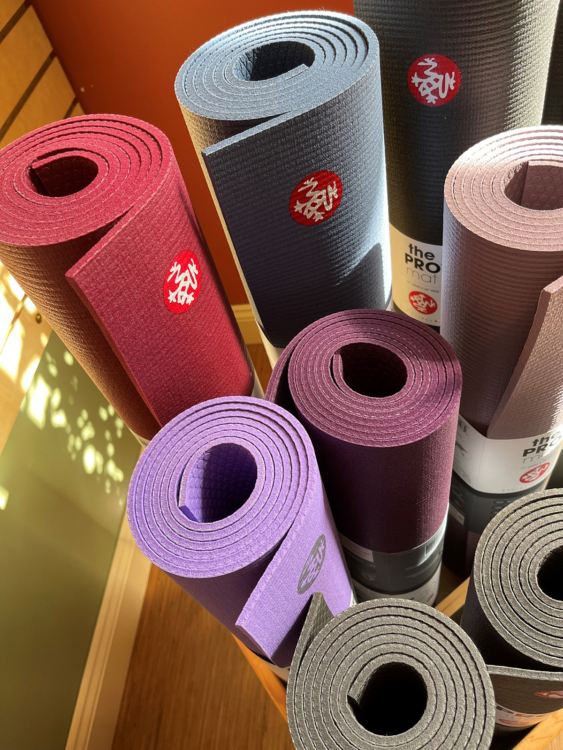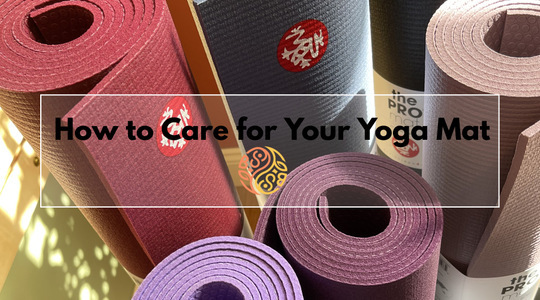What to Know Before You Buy a Yoga Mat
Deciding on a yoga mat can be confusing. Whether you are a brand new yogi or a seasoned yoga expert, there are many things to consider when purchasing your new yoga mat. Yoga mats come in many thicknesses, colors, cell technology, and brand. So how do you know how to choose the right mat for you and how to take care of it properly? Let’s break it down.
Open Cell vs. Closed Cell Mat
Open Cell Mat
When a mat is considered “open-cell” this means that the mat’s material is porous meaning your mat is designed to absorb sweat allowing you to keep a good grip and prevent sliding.
Pros:
- Great for yogis who have overly sweaty hands and tend to slip and slide in hot yoga practices.
- Good choice for heated practice.
- You won’t need a yoga towel over your mat.
- Often comes in eco-friendly materials.
Cons:
- Difficult to keep clean. The moisture is hard to fully clean, and over time can create a breeding ground for bacteria and fungi. Disinfectant wipes will break down your mat and not recommended!
- Open cell mats have a strong rubber smell (off-gas) and will need time to air out before use.
- Less durable than closed cell mats and need to be replaced more often.
How To Deep Clean an Open-Cell Mat:
Open cell mats should be deep cleaned often due to bacteria growth. Put your mat in a bathtub filled with warm water, dish soap and a little vinegar as a disinfectant. Submerge your mat in the water and scrub well with a washcloth. Rinse your mat, roll it in a beach towel to get out the excess water and hang to dry (do not hang in direct sunlight as this will ruin your mat.)
Examples of Open-Cell Mats:
Manduka GRP Mat
B Mat
Jade Yoga Mat
Lululemon Reversible Mat
Closed Cell Mat
When a mat is considered “closed-cell” this means the mat cell structure is sealed and is not absorbent. These mats are commonly found at yoga studios as rental mats as they are easy to clean and are designed to last!
Pros:
- Great for yogis who want a mat that is durable and lasts.
- Very easy to clean and can be disinfected with disinfectant sprays or mat wipes. Your mat will be less prone to develop an odor. Does not absorb bacteria as easily and therefore considered a more hygienic choice.
- Often come with lifetime warranties from the manufacturer.
Cons:
- These mats may be slippery as the structure is designed to keep moisture out of the mat. Therefore, if you practice regularly and sweat heavily, you may need a hot yoga towel as well.
How To Deep Clean a Closed-Cell Mat:
Lay your mat out on a flat surface. Wipe the top and bottom surface of your mat with a wet cloth and a few drops of dish soap (optional a little vinegar too). Wipe your mat in a circular motion and dry with a towel. Air dry by hanging your mat over a door (not in direct sunlight as this will ruin your mat).
Examples of Closed-Cell Mats:
Manduka Pro Mat
Manduka Pro Lite Mat








